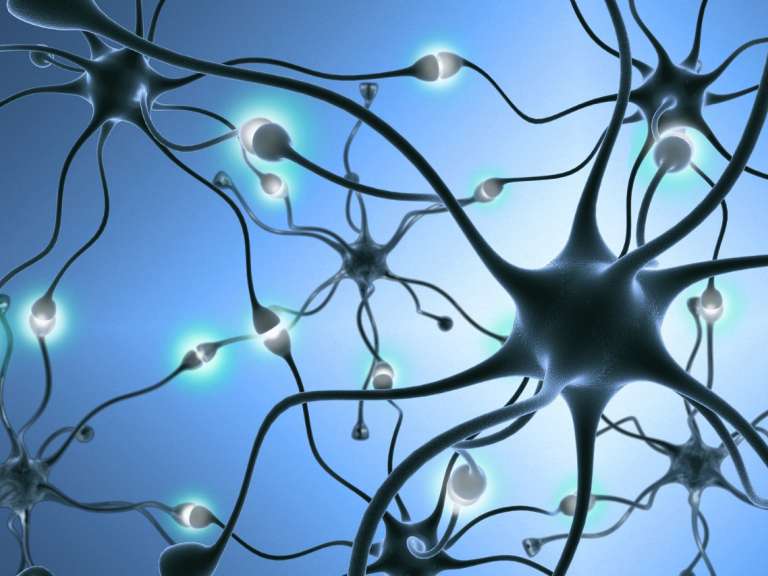Why Neural Networks Are No-Brainers for Power Plants
Diana KightlingerNeural networks provide a cost-effective software solution to tackle challenges including power plant flexibility, emissions, and efficiency.

You've probably heard of neural networks but still wonder what exactly they are—and what they can do for power plant flexibility, emissions, and efficiency. To put it simply, a neural network is a way to search for patterns in a collection of data.
For power plants, that typically means looking at historical operating data for cause-and-effect relationships between key parameters that can be controlled by a human or by software. By modeling the inputs and using optimizer technology to achieve your desired outputs, neural networks can do wonders for power plant operations.
The original impetus driving the implementation of neural networks was the Clean Air Act and provisions that established cap and trade for emissions, particularly for NOx. Plants that overcomply with the emissions allowance can sell their NOx credits to plants that undercomply, making lower NOx financially attractive.
Large plants have been able to overcomply by installing selective catalytic reduction (SCR) devices. But the cost of this hardware solution is prohibitive for all but major power producers. An alternative is a software-based approach, using neural networks, that provides returns good enough that plants can lower or even eliminate the NOx credits they need.
Because many plants are 30 to 40 years old and have been altered from their original design, however, each plant needs a customized approach to solving the emissions issue.
A coal-fired plant is basically a big carburetor, with fuel and air injected at various points. By using optimizer technology to improve the mix, you can reduce emissions and enhance overall efficiency. Neural networks look at output parameters, like NOx emissions, measured at the stack. Inputs include air-related parameters like auxiliary air, separated overfire air, and free air, plus feeder biases and the load—how many MW a plant wants to generate. The neural network must learn the cause-and-effect relationships, so that it can answer questions like how raising the value of O2 will change NOx emissions and by how much.
The first step is building a series of neural network models to reflect each goal that a plant might have, from restricting NOx or CO emissions to improving efficiency. Each model has a single output. An optimizer takes those models and figures out the optimal setting at any point in time to determine how best to meet the goals. An important point is that neural network models allow prediction of not only the change in NOx or other outputs, due to changes in manipulated inputs, but also confidence. With that confidence, as well, operators can evaluate the quality of neural network models.
In an example from NeuCo, the plant's goal was to maintain NOx emissions below 0.15 lbs/btu over a 30-day roll window. In addition, CO emissions had to be maintained below 400 ppm (parts per million). Emissions were measured in a shared stack from two 730-MW T-fired units with no SCRs. If the plant didn't meet the goal, the state regulatory agency planned to penalize it by derating the unit, decreasing the amount of power—and revenue—generated.
Results were collected during a 45-day test period. The optimizer took control 95 percent of the time; otherwise, humans were in charge. With the optimizer on, NOx emissions decreased 10 percent—and not only did the average value decrease, but also the variation the plant experienced. In addition, O2 decreased by 8 percent. CO emissions actually increased but were still below the 400 ppm limit. The plant met its goal and avoided the regulatory agency penalty.
Another NeuCo neural network solution provided power plant flexibility for a combined-cycle plant when intermittent renewable energy resources required rapid backup. Through wise optimization of duct firing to burn more gas and generate peak power, the plant was able to react more quickly to sudden spikes in power demand and be more flexible in the electricity market.
Neural networks provide a relatively low-cost way to drive a plant toward more optimal operation with a high degree of flexibility. These networks are also tolerant of certain types of sensor issues, such as the drift caused by operating in challenging temperatures and corrosive environments. Because a neural network works to understand a relative relationship rather than an absolute one, even if the sensor data or locations are not perfect, it can identify the optimal combination of control actions and move a plant in the right direction to achieve its goals.
The role of the utility customer is changing, from ratepayer to supplier, storer, and balancer of the electrical load. As customers embrace distributed energy resources, utilities need to consider new positioning and pricing to maintain their viability.
Plant applications that use big data analytics and AI are helping operators raise efficiency, lower costs, improve maintenance, and lessen environmental impacts.
Demand-side response technology can help utilities better manage load dispatch at times of peak demand, gain greater insight into customer behavior, and capture new revenue streams.